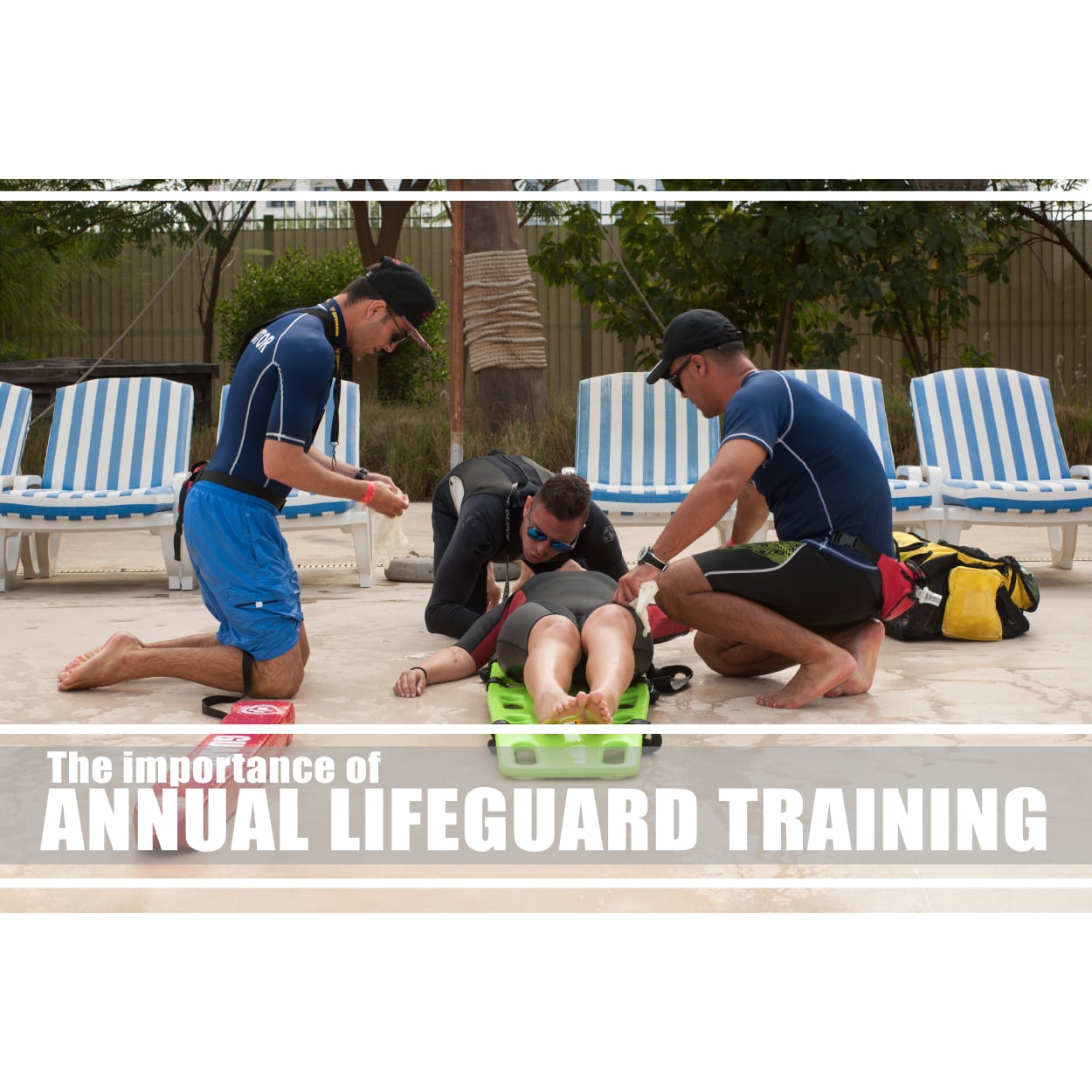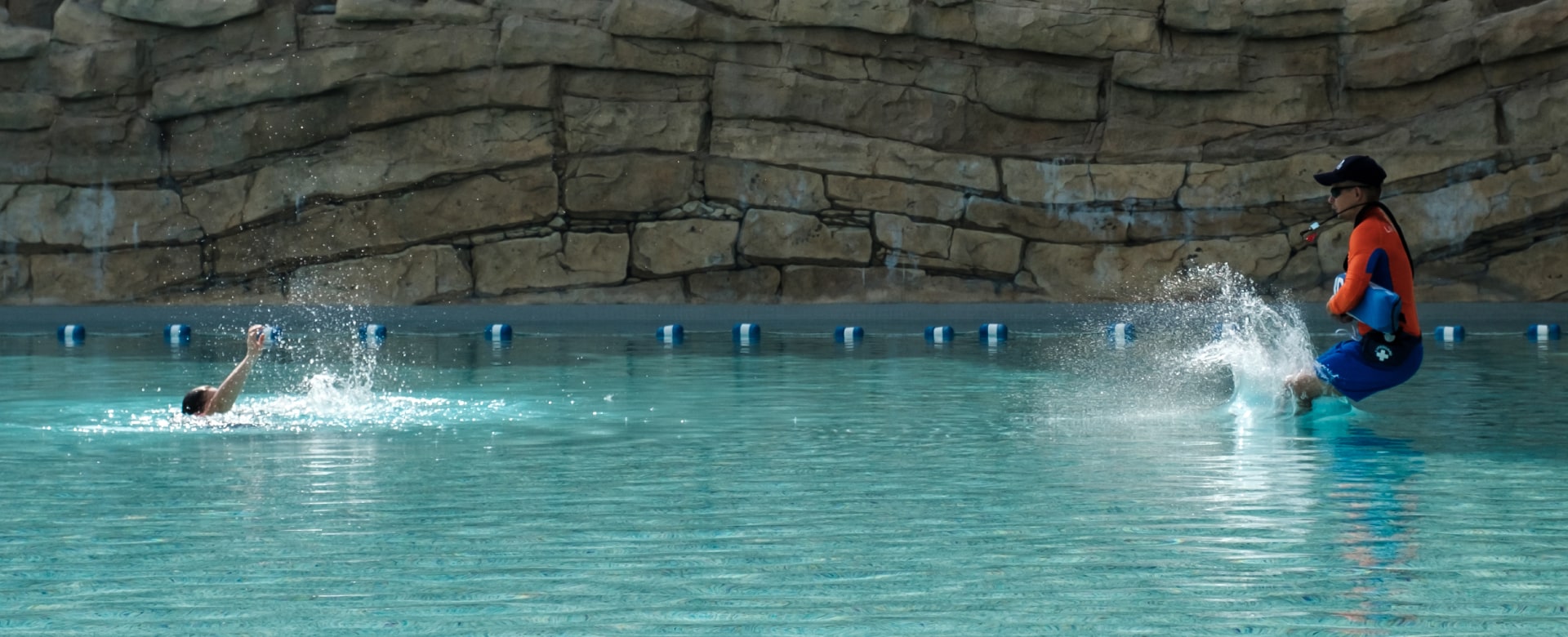
Annual Lifeguard Training
So, initial lifeguard training is essentially the same commitment of time regardless of which program you use, more or less. The E&A program, the International lifeguard Training Program (ILTP), is 24 hours, but remember, it requires an annual renewal to avoid knowledge/skills erosion.
Now, everyone goes in doing their level best to produce quality lifeguards. The reality is, 24 hours is enough to produce a good raw product. Refinement of this raw product will be discussed in more detail in a subsequent post. This post is about how to produce the best raw product you can in the initial 24 hours.
It all starts with the teaching philosophy. The most effective learning is achieved by “doing.” If all you do is preach a sermon and tell war stories, nothing will ever stick. If you must present classroom content, make it interactive, not a straight up lecture. Ask leading questions to advance the subject matter and keep the candidates awake and engaged.
When teaching skills sections, get the candidates moving. Guided, hands-on repetition is how people embed technical skills. Put everyone in a position to see and hear you. Start with a short demonstration, and confirm understanding. If it’s a water skill, demo it on land first, in the water second. Either way, quickly move into drills. Remember, people learn by “doing.”
Drills should start out with volume in mind. At first, get candidates a lot of reps and make broad corrections to the group. As you see the group grasping the skill, move to a drill format that allows for more individualized corrections. While it won’t get you as many reps, it will allow you to address individual deficiencies in a more meaningful way. Always maintain control of drills and keep them moving. They can very quickly deteriorate to conversations. Drills are a master class unto themselves. We will talk more about instructor development topics later in this series.
Ensuring competence at each step along the way is critical. If someone hasn’t mastered the skills required to move on, something must be done. The instructor may spend some extra time with the candidate or have another instructor do so. They may be able to pair the candidate up with a more skilled or renewal candidate. They may also need to have the difficult talk that alerts the person to the fact that they are not heading towards a passing mark in the class.
I firmly believe that when people can associate components of a larger concept together, they get a much clearer view of the big picture. Setting a good foundation and then adding to it, showing people how the parts fit together yields great results. At one facility I was a apart of, we used to run a full scenario at the beginning of each class, using the instructor team. We would run it at full speed, then at half speed, and then review what they had seen. We did this to show the end product to the class at the beginning. We did it to show them what they would look like in the end and to allow them to have a reference for where each piece fit in as they progressed through the class. We then started at the beginning and built lifeguards, piece by piece. They were proud of themselves at the end of the class when they could do what the instructors did in the very beginning of the class.
Check outs/assessments are the final step in the process. They are the final test of comprehension, both written and practical. They are the step that turns candidates into lifeguards. In this step, it is essential to be strict and only license or certify those that will represent you well in the stand. All personal feelings must be removed and you must become a heartless gatekeeper. If you turn out bad lifeguards, someone may end up coming to grips with the grim reality we are all trying to avoid. In a perfect world, you should consider using different people to teach and assess. It removes any question of impartiality.
Not everyone is meant to be a lifeguard, and if you teach long enough, a person or people will not pass your class. That’s ok. You get the right and responsibility to only put those lifeguards out there that you know are capable and willing to do the job at a high level. One that will result in safe swimmers.
-Scott Deisley | Managing Director
If this content resonates with you the way it does with me, and you’d like to know how you can start working with us to take your program to the next level, please reach out to us at info@sstworldwide.com or on our office number, +971 4 456 0455 (local 04 456 0455).
